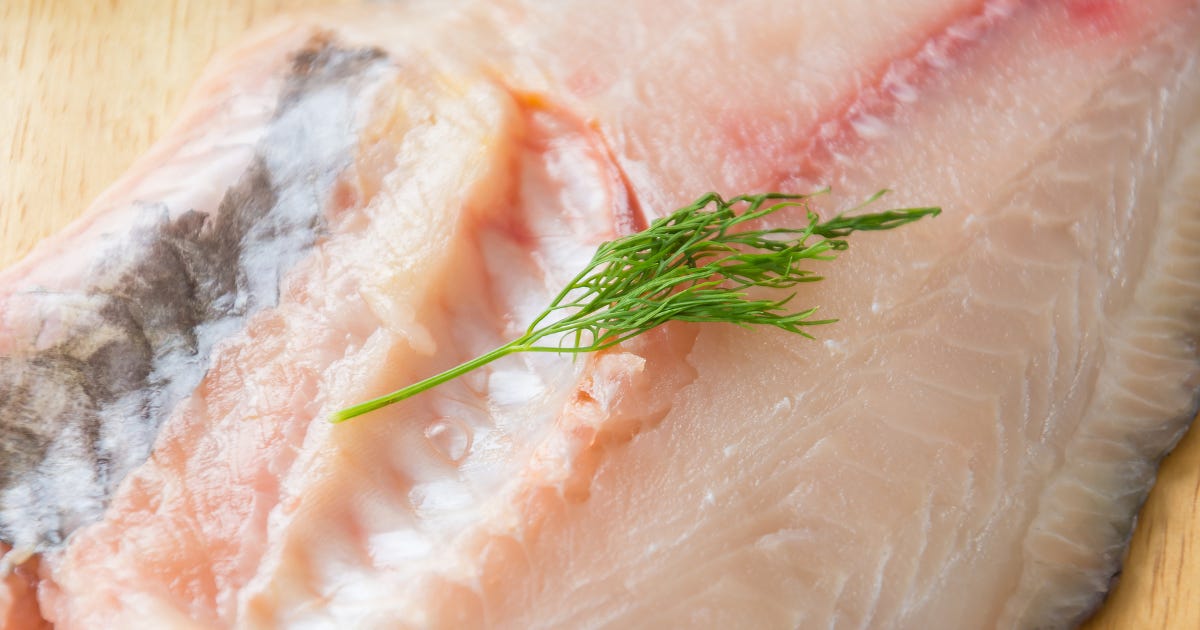Understanding Vibrio vulnificus and Ensuring Food Safety
Beware of this "flesh-eating" bacteria ⚠️
The alarming story of Ms. Laura Barajas from San Jose, California, serves as a stark reminder of the critical importance of food safety.
A mother of one, Ms. Barajas tragically lost all four of her limbs after contracting a severe bacterial infection, which was believed to have stemmed from eating what appeared to be undercooked tilapia fish.
Her ordeal began in late July when she cooked and consumed this fish, purchased from a local market. After being hospitalised for over a month, she underwent emergency surgery and emerged as a quadruple amputee.
Her harrowing experience underscores the imperative need for vigilance when it comes to food safety, especially in an age where the source and quality of our meals can have life-altering consequences.
In recent weeks, severe Vibrio vulnificus infections have also led to fatalities, with at least eight reported deaths in Florida and at least three in Connecticut and New York.
The Centers for Disease Control and Prevention (CDC) has disseminated more information about this bacterium through a health alert.
Vibrio vulnificus: A Pathogenic Marine Bacterium
Vibrio vulnificus is a gram-negative bacterium that inhabits estuarine and marine environments, with a particular affinity for warm coastal waters.
Classified within the Vibrionaceae family, this bacterium is distinguished by its pathogenic potential, posing a significant public health concern, primarily through the consumption of contaminated seafood and exposure of open wounds to seawater.
Infection with Vibrio vulnificus may result in a spectrum of clinical presentations, ranging from gastrointestinal symptoms, including abdominal pain, vomiting, and diarrhea, to systemic manifestations such as fever.
However, in immunocompromised individuals or those with chronic liver diseases, the bacterium can cause life-threatening invasive infections, which may lead to sepsis and tissue destruction.
What is SFA doing to reduce food safety risks?
The Singapore Food Agency (SFA) maintains a steadfast dedication to food safety, employing a thorough and risk-based approach. This commitment extends to the safety of bivalve molluscs, with a particular focus on live oysters, often consumed raw, which are recognised as posing a higher risk of potential Vibrio vulnificus infections.
Live oyster imports are subject to stringent requirements, necessitating their origin from SFA-approved sources and the inclusion of a health certificate verifying their safety and quality.
Similarly, SFA maintains rigorous standards for frozen oysters and frozen cockles. The agency mandates that importers of these products must provide a health certificate issued by foreign authorities as evidence of adherence to Singapore's stringent safety criteria.
Read more about SFA’s Conditions to Import Fish & Fish Products.





